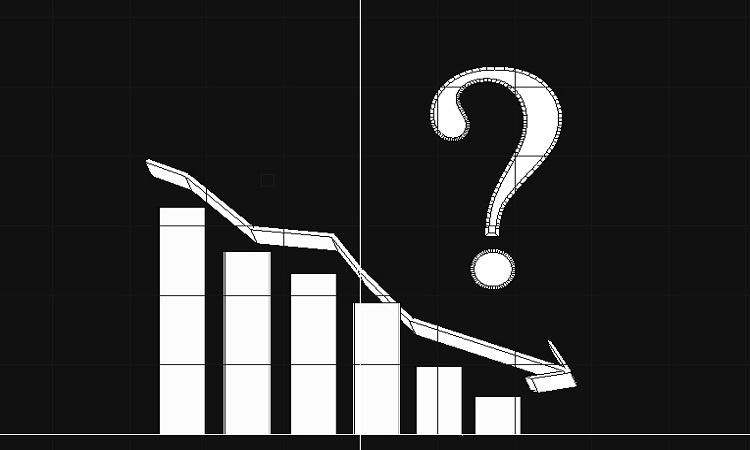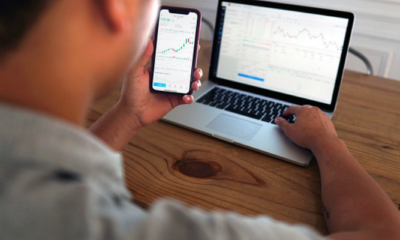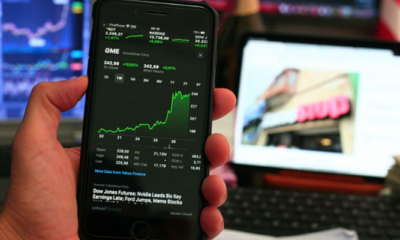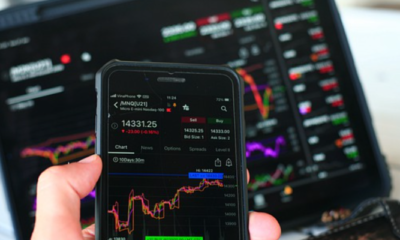Trading News
Day Trading Securities – An Introduction to Day Trading

The term “Day Trading” was coined by Charles Schwab during the 1970s. Day trading is simply a form of speculation in financial markets where a trader purchases and sells a particular financial commodity on the same day, for example, all positions are closed by the close of the market for the day. The individual who is conducting this transaction typically either participates in the exchange via trading platforms or actually executes the trade on his own computer in real-time over the Internet. Day traders will often take advantage of very low liquidity markets in which to operate. This allows them to profit from price fluctuations without having to be continuously involved in the markets.
One of the reasons that the day trading market attracts many people is that it offers very high leverage levels. Basically, a trader can double his or her investment in a very short period of time. The best leverages occur when the value of the financial commodity being traded is small compared to the size of the trades that need to be executed. Because of these leverage levels and liquidity issues, many day traders will focus their trading efforts on low-priced and/or illiquid investments which can yield very large gains and profits with only small risk.
As mentioned above one of the most popular types of day trading is the Forex futures market. Both of these financial instruments allow for very high leverage. Although they both have much lower commission rates than traditional stock exchanges, they differ because they are actually traded over the counter, meaning there are no physical shares that are actual ownership. Also since the financial instruments involve actual commodities, they are subject to all the normal market risks that apply to the stocks and securities in the traditional stock exchanges. Therefore they require more efficient and reliable methods of recording data, reporting, and trading, as well as a higher level of security and privacy safeguards.
Most day traders begin their careers with low capital and small accounts. Since they are not holding any actual ownership of the metals, currency, or other assets, they rely upon the services of brokerage firms to place their trades. While this does keep them out of the loop about how they are performing, it also means that the firm acting as a broker receives less commission from the trade than a traditional brokerage would. These brokerage firms also have several trading strategies and options that can be employed which can further minimize their profit margins. Some day traders will use what is known as “picks” to generate consistent profits by analyzing market data around the clock and making quick decisions about what stocks to buy.
While someday traders will choose to invest in “low risks ” securities such as the most common options and futures, others will choose higher-risk options such as stocks and currencies. To make large profits through day trading, you must also be able to take advantage of stock price fluctuations and be able to interpret trends and price activity to make profitable moves. Most day traders will use technical analysis, trend analysis, and even option and futures trading to find these stocks. When these stocks begin to move in an upward direction, for example, you know that the investor has purchased this security at a good price and is likely to resell for a profit once the trend continues.
As mentioned earlier, some day traders use what is called a “put strategy”. This type of strategy is employed by people who want to profit by limiting losses during times when the value of the securities falling to a very low point. A put strategy can be used by both large and small investors. While large investors may use “put strategies” to get into long positions, smaller investors may use the tactic to secure a short position by selling before a stock goes on a major run. Many day traders are switching to what is called a “put strategy” as a way to limit losses during very volatile markets.

























